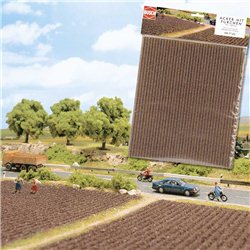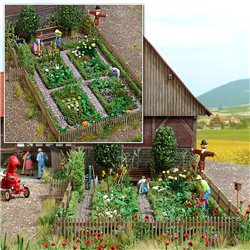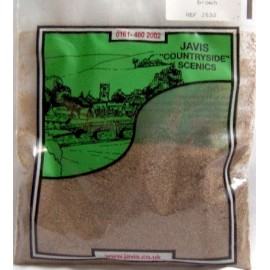Sometimes, us mere mortals completely forget what values we have set to our decoders, other times our decoders just...
No products
Product successfully added to your shopping cart
There are 0 items in your cart. There is 1 item in your cart.
Search Tips
Christmas and New Year
We are dispatching orders every weekday apart from Christmas Day, Boxing Day and New Year's Day.
If you select next day delivery at checkout, please note deliveries are not made on public holidays or Sundays.
The shop in Sandown is open 23rd and 24th December, then closed from 25th December, reopening on 30th December.
How can I add simple autumnal effects to a layout or diorama?
Some modellers may wish to create specific effects to a layout to help create that specific seasonal effect. There are a lot of products available to help create various effects but these can be expensive to purchase in bulk and time-consuming to apply to a layout. Now we are fully in the throes of autumn, some modellers may see the appeal to apply a simple effect to mimic the environment currently around us.
There is a quick and simple way to achieve this. It also has the added advantage that it allows us to recycle a material readily found in most British households in great profusion, namely used tea leaves. This simple product is surprisingly versatile in a modelling context. The first thing to note is that it is generally readily available and is non-scale specific, meaning that it can be applied to a wide range of scaled dioramas or layouts without looking incongruous.
Tea leaves, either loose or freed up from teabags have a number of potential uses. Freshly used tea leaves that are damp will inevitably be dark and clump very well. This can be used very effectively to create drifts of fallen leaves in a wood, orchard or another similar setting. Utilised carefully, the leaves can be used to mimic various takes on the transition phases from fresh leaf fall to accumulated layers composting down to topsoil. In a similar vein, it can be used to mimic freshly ploughed fields or a busy horticultural scene such as an allotment. In this state, it can be worked in a similar way to conventional scatter and can be secured in place with the appropriate adhesives, such as watered-down PVA or white glue. Wet freshly used tea leaves still have tannins present that can stain, but here with clever utilisation, we can use that to our advantage by adding a ready-made dark tint to the surface that can bleed itself into surrounding areas offering a surface hinting at underlying dirt and mud.
If left to dry and sun bleach, tea leaves will inevitably lose their ability to stain and will become lighter in colour. This can be used to create fresh leaf fall and also be utilised as a weathering effect when applied to decaying or dilapidated buildings where it can be especially effective at simulating accumulated dead ivy clinging to the ruins.
Tea leaves are also able to take a variety of paint shades or tints that will best suit the subject. that said, modern tea comes in a variety of flavours, which for modellers can spell a very useful source of multi-coloured materials to use for scatter and weathering effects on a layout or diorama. Either wet and clumped or dried and singly the humble tea leaf may well have a host of different uses for modellers in adding that extra bit of depth and detail to a layout or diorama. Why not brew up and try it on your next project!
Click here to receive the tips weekly in your mailbox. You can unsubscribe at any time.










